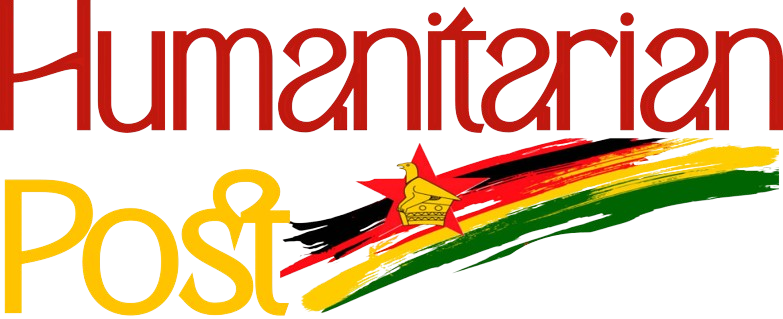Zim’s annual inflation up 176%, but experts say the pressures will ease soon

Business Reporter
THE Zimbabwe National Statistics Agency (ZIMSTAT) Monday reported that annual inflation had risen to 176% in the month of June 2023 but projections from analysts are that the turbulent pressures will soon ease before starting to go down again.
Inflation in the Southern African nation remains largely a reflection of exchange rate depreciation owing to the business community’s continued reliance on indexation of prices against the greenback.
The latest developments follows rapid depreciation of the local currency value which now trades at US$1:ZW$7 500 .
“The year-on-year inflation rate for the month of June 2023 as measured by the all items Consumer Price Index (CPI) was 175,8%.This means that prices as measured by the all items CPI increased accordingly between June 2022 and June 2023,” the statistics agency said.
Monthly inflation also depreciated rapidly to 74,5% gaining 58,8% on the May 2023 rate of 15,7%.
The statistics organ said month-on-month Food and Non-Alcoholic Beverages inflation rate was at 104,2% in June 2023, gaining 78,3% on the May 2023 rate of 25,9%.
The food poverty line (FPL) for the month under review was $69,941.05, reflecting the minimum needs basket cost for one person , representing an increase of 132,3% to the figure of $30,108.94
“The Total Consumption Poverty Line (TCPL) for Zimbabwe stood at $91,171.62 per person in June 2023. This means that an individual required that much to purchase both non-food and food items as at June 2023 in order not to be deemed poor.
“This represents an increase of 128.3% when compared to the April 2023 figure of $39,927.46,” said Zimstat.
Despite the mopvements, authorities have since instituted measures to save the ZW$ from total collapse which include; a commitment to fund 25% export surrender requirement, maintaining US$ cash withdrawal tax at 2%, adoption of all external loans by RBZ and increasing consumers’ access to basic commodities – by lifting import restrictions on basic goods.
The Dutch Foreign Currency Auction was also liberated further by allowing the market to determine the exchange rates through the Willing Buyer Willing Seller (WBWS) system where banks receive foreign currency from the central bank at a wholesale floor price for onward sales to their clients.
Industry lobby group, Confederation of Zimbabwe Industries (CZI) recently expressed optimism over the raft of measures implemented recently, adding that the current inflationary pressures will beging subswide from end of June 2023 going onwards.
“Some of the sources of money supply growth was the funding of the surrender requirements. The RBZ had to release ZWL$ into the economy to pay for the foreign currency that it would be liquidating to exporters and use it to pay external loan obligations.
“This means that they were taking out US$ from the economy and releasing ZWL$ into the economy, resulting in an increase in money supply. Therefore, the transfer of the obligation to the treasury seeks to address money supply growth,” said CZI.
The industry group said another critical piece of the puzzle is creating demand for the local currency and the new measures have put in place some measures to create demand for the ZWL$.
CZI welcomed measures announced as part of inflation stabilization strategies, saying the auctioning of only US$5 million with immediate settlement within 24 hours to provide superior price discovery for foreign as opposed to auctioning US$15 million with uncertain settlement.
“It will take some time for the impact of the measures to trickle down the whole economy. If the measures are properly implemented, the parallel market exchange rate is expected to start showing stabilising momentum towards the end of June 2023.
“Once stability is achieved, the blended inflation rate would be expected to mask the full impact on the ZWL$ inflation,” added CZI.









